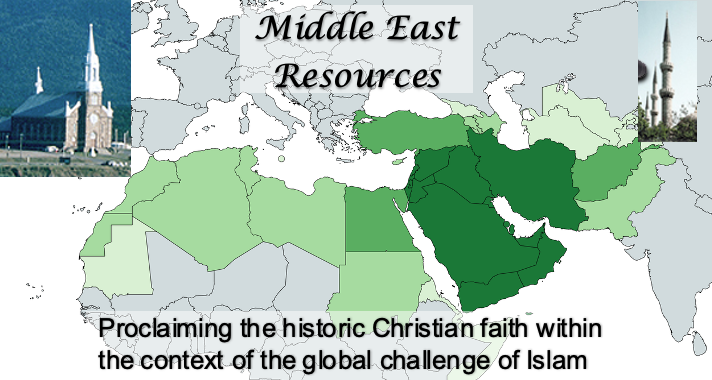Reflection on The Iranian Uprising Facing an Inflexible Regime
Reflection on The Iranian Uprising
Facing an Inflexible Regime
By Bassam Michael Madany
7 November 2022
The upheavals in Iran have been going on for several weeks, with a growing number of Iranians calling for an end to the theocratic regime. The Government remains inflexible in its position claiming that the demonstrations have been instigated by foreign governments. A brief account of the history of Islam might be helpful to clarify the situation.
The main Shiʿah branch in Islam is known as the Twelvers. They claim that upon the death of Muhammad in 632 A.D, the Muslim Community was to have been governed by Ali, the cousin and son-in-law of the Prophet.
Muhammad died in 632 A.D, without leaving instructions for an orderly Succession (Caliphate). Abu Bakr and Omar, both Companions of Muhammad, excluded the Prophet’s family from the deliberations about the Succession and hastened to announce Abu Bakr as a caliph in 632, Thus, it became inevitable that trouble would eventually ensue. None of the first three caliphs, Abu Bakr, Omar, and Uthman were from the Hashemite clan of Muhammad. When Ali assumed the caliphate in 656, his opponents were mainly from the Umayyad clan that had bitterly opposed Muhammad in Mecca and caused him to migrate to Medina in 622.
Finally, when Ali took office in 659, he faced opposition that led to his assassination in 661 and the rise of the Umayyad Caliphate (661-750.)
Ali’s elder son Hassan, showed no interest in leading the Shia, his younger son, Husain became the legitimate Imam (Leader) of the Shia. In 680, Husain was killed a in a battle at Kerbala, Iraq, while attempting to regain the Caliphate. The event cemented Schism in Islam, where around 90% of world Muslims are Sunnis and 10% Shias. Thus, within three decades after the passing of the Prophet, the Islamic Umma became divided between Sunnis (followers of the Umayyad dynasty) and Shi’ah (Partisan) of Ali.
After the Arab/Islamic forces had occupied and settled in Persia, some Persians migrated to India, to escape persecution by Muslims and preserve their Zoroastrian identity. They are known as the Parsees. The majority of Persians became followers of Sunni Islam for centuries. In the 16th century, when the Safavids rulers converted to Shia, they initiated a process of forced conversion. Thus, Persia (Iran) that had been a Sunni majority population, became a stronghold of Shia Islam, specifically of the Twelvers Shia.
In the early 1920s, the Qajar Dynasty that had been ruling Persia since 1794, was replaced by the Pahlavi Dynasty that ruled for 54 years (1925-1979) Reza Pahlavi became the new Shah of Iran on 12 December 1925. He had planned to declare the country a republic as his contemporary Kemal Atatürk had done in Turkey; but abandoned the idea due to the clerical opposition. The official name of the country became “The Imperial State of Iran.”
During the Cold War, Mohammad Reza Pahlavi became firmly aligned with the Western Powers acting as a bulwark against the Soviet Union. While the country experienced success in the increase of literacy, health, and the standard of living, the Shah faced a growing opposition in 1978. That led to his eventual departure from Tehran, the return of Ayatollah Khomeini from exile in Paris, France, and the founding of the Islamic Republic of Iran in February 1979.
The system has one legislative Parliament with several oversight groups dominated by the clergy. The President is both Head of State and the Government, but the ultimate authority rests with the Supreme Ayatollah. This position has been held by Ayatollah Khamenei since 1989. At present, Ebrahim Raisi is the President of Iran.
I trust that this brief Reflection has been helpful towards understanding Iran’s politics today. It’s clear that when authorities base their legitimacy on a supernatural source, it becomes impossible to engage in genuine negotiations, or find ways for a peaceful compromise!
 Middle East Resources
Middle East Resources
